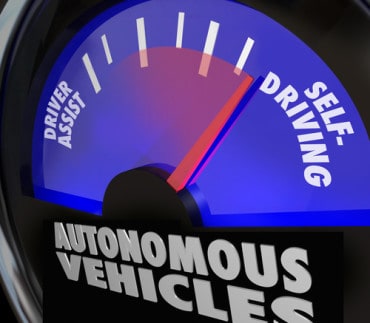
SAP has rechristened SAP HANA Smart Data Streaming as SAP HANA Streaming Analytics, part of its new refocusing on integration with its backend platforms.
As part of a broad update to its portfolio of enterprise information management (EIM) software to provide tighter integration between data management tools and various backend platforms, SAP has rechristened SAP HANA Smart Data Streaming to be SAP HANA Streaming Analytics.
SAP EIM tools have been extended to include data quality, master data management, content management and information lifecycle management capabilities, as well as support for SAP S/4HANA ERP software.
Integration between SAP EIM software and the SAP BW/4HANA data warehouse; an instance of Apache Spark dubbed SAP Vora; SAP Leonardo software for Internet of Things (IoT) environments; SAP Cloud Platform Big Data Services; and the SAP Asset Intelligence Network has also been enhanced.
See also: Streaming analytics puts data on the move
SAP has also added support for a range of cloud services, including Amazon Redshift and Amazon Elastic Compute Cloud (Amazon EC2), Microsoft Azure Cloud and SQL Data Warehouse, and Google Cloud Platform.
Finally, EIM portfolio offers new and expanded support for Impala, Cassandra, OData, Hive data stores, IoT device connectivity; Parquet, Avro and ORC file types; and Kerberos and Knox Gateway security software.
SAP has been an early pioneer of in-memory computing ever since it launched the HANA database platform. SAP HANA Streaming Analytics resides on a separate server than HANA. But it is designed to be tightly integrated with HANA, says Dan Everett, senior director of marketing for EIM at SAP. By adding the HANA moniker to a streaming analytics server SAP is recognizing that analyzing data in motion is now as relevant as analyzing data residing in an in-memory database.
Streaming Analytics Focus Expected Post-Data Hub
In general, Everett says because of the rise of both digital business and compliance regulations such as the General Data Protection Rule (GDPR) that the European Union is expected to implement in May of 2018 interest in data management tools is starting to spike. Digital business initiatives increasingly employ machine learning algorithms that require access to massive amounts of data to be effective, notes Everett.
“A lot of organizations needs to get their data management house in order,” says Everett.
SAP has made data management a higher priority since it launched SAP Data Hub earlier this year. That offering makes it simpler to manage data pipelines into and out of both the SAP HANA database and platform such as Hadoop and Spark as part of an SAP effort to build out a DataOps framework.
For all the hype surrounding digital business transformation, it turns out that most organizations are not making much use of much of the data they collect. By focusing more on data management SAP is trying to increase the return on investment (ROI) associated with its applications and databases. As part of that effort SAP now competes head-to-head with rivals such as Oracle across applications, databases, and now increasingly data management tools.
It’s not clear yet to what degree IT organizations will be implementing for formal approaches to DataOps in the New Year. In theory, DataOps is a natural extension to any mature set of DevOps processes an IT organization might implement. The challenge, of course, is that most enterprise IT organizations are not necessarily sure where all their data resides, much less how to proactively manage it all.





























